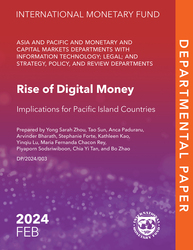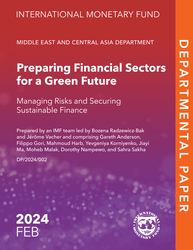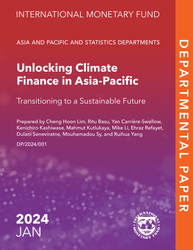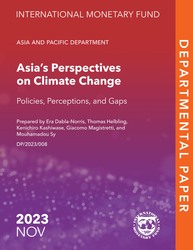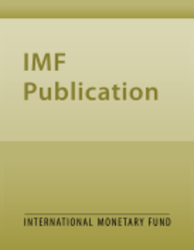
Libya Beyond the Revolution: Challenges and Opportunities
Libya Beyond the Revolution: Challenges and Opportunities
READ MORE...
Volume/Issue:
Volume 2012
Issue 003
Publication date: April 2012
ISBN: 9781475504392
$20.00
Add to Cart by clicking price of the language and format you'd like to purchase
Available Languages and Formats
| English |
Prices in red indicate formats that are not yet available but are forthcoming.
Topics covered in this book
This title contains information about the following subjects.
Click on a subject if you would like to see other titles with the same subjects.
Banks and Banking , Public Finance , DPPP , DP , government , Libya , reserve account , GDP , country , government financing expenditure , private-sector development , financial situation , liquid financial assets , market value , Commercial banks , Budget planning and preparation , Social assistance spending , Global
Also of interest
Summary
In the aftermath of the revolution of 2011, Libya faces the complex task of rebuilding its economy, infrastructure, and institutions, and responding to the demands of the population, especially for improved governance. The conflict that accompanied the revolution had a severe impact on the economy, and international financial institutions have responded to the request of the Libyan authorities to provide policy consultations and technical assistantce to help maintain macroeconomic stability. Libya's National Transitional Council (NTC) has taken steps to promote a peaceful political transition, normalize economic conditions, and set out a national reform agenda. In the short term, the authorities must restore security, bring hydrocarbon production fully online, exercise fiscal discipline, resuscitate the banking system, and maintain macroeconomic stability. Medium-term efforts should focus on capacity building, infrastructure renewal, private-sector development, improving education, job creation, and putting in place an effective social safety net, within a framework of transparent and accountable governance. This paper discusses the risks to economic recovery and measures to promote economic diversification and employment growth.
Copyright © 2010 - 2024
Powered by:
AIDC
